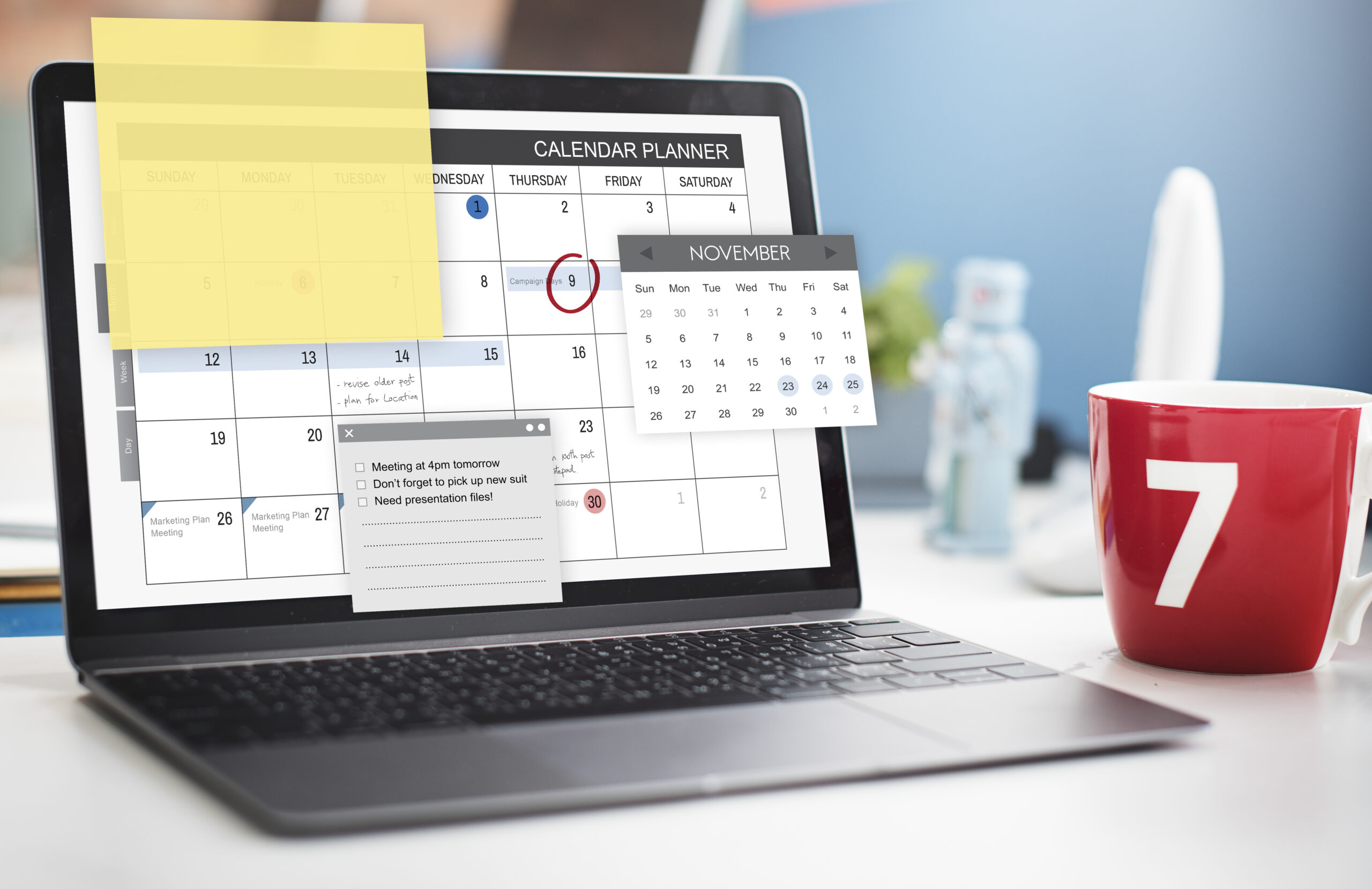Nowadays, with everything moving so quickly in the digital world, content marketing is all about consistency. Whether you are a lone wolf in blogging, a digital marketer, or somebody managing a team, content calendar planning can change how you work. It has a strategic touch to it, along with being able to meet deadlines and build stronger relationships with your audience.
This article will dissect what Content Calendar Planning is, why it matters, and how to make and work with one. At the end of it, you will be able to take the content game a step ahead.
What is Content Calendar Planning?
Content Calendar Planning is the process that involves organizing, scheduling, and managing your forthcoming content, be it blog posts, social media updates, videos, or email marketing campaigns, within a specific timeframe. A content calendar is simply a spreadsheet or, on the other end of the spectrum, can even entail tools such as Trello, Notion, Asana, or CoSchedule.
The end goal? A panoramic view of what content is to be created, when it will be published, who is to make it, and what it is to do for their marketing strategy.

Why Content Calendar Planning Matters?
You might wonder why not simply wing it and create content whenever an idea enters your mind. Here’s why content calendar planning is the lifeblood of content creation:
-
Improves Consistency: A consistent flow of posts keeps your audiences engaged and enhances visibility on search engines and social platforms calendar makes sure you work with a set schedule.
-
Saves Time: Planning forecast, random creative fits, and chaos associated with last-minute preparation, thus allowing you to manage your time and resources accordingly.
-
Aligns with Business Goals: Something special, a big company launch, or a seasonal sale, is booked for attention. The calendar gives time to beef up promotions around important campaigns and milestones.
-
Enhances Collaboration: If you are teamwork-inclined, content calendar planning keeps everyone on common ground. Writers, designers, and marketers can work together without a hitch.
-
Improves Content Quality: The act of planning allows for better research and content creation, instead of rushing through to meet a deadline.
Elements of a Content Calendar:
Before creating your calendar, it’s essential to understand the key elements it should include. Here is a list of key components of a content calendar planning process:
- Publishing Date– When the content will be published.
- Topic/Title– A working title or idea for the content.
- Content Type– Blog post, video, social media post, email, etc.
- Platform- Where the content will be published(e.g., Instagram, YouTube, website).
- Author/Owner– The person who will create and publish the content. Status- Drafted, in review, scheduled, or published.
- Keywords/SEO focus– Keywords used to create content according to SEO.
- Call-to-Action (CTA) – What will be the action you want the audience to perform?
You can further enrich your calendar with campaign tags, content goals, target audiences, or even metrics of content performance.

Content Calendar Planning Tools
Many scheduling tools in use know how to facilitate content calendar planning.
- Trello: A visual project management tool that incorporates boards, cards, and lists. Particularly useful for editorial workflow and small teams.
- Notion: An all-in-one workspace where you can combine your calendar, task manager, and content database.
- Google Sheets/Excel: Very simple and customizable for a spreadsheet-lover team. Easy to share and track.
- Asana: Asana is the kind of organizing tool your content team will like: set tasks, deadlines, and workflow, all in a tidy setting.
- CoSchedule: The system is designed specifically for marketers and hence offers advanced features such as drag and drop scheduling, social media integration, and team collaboration.
Build Better Content Calendar: Tips
Use these best practices so your planning works better:
-
Batch Your Work: Work on similar tasks in sets—like writing multiple blog drafts in one day or designing a week’s worth of social graphics at once.
-
Use Themes for Content: Assign weekly or monthly themes to your content to give it an order and make the ideation process smoother.
-
Repurpose Content: To get the most bang for one piece, turn one blog post into an email newsletter, an infographic, a carousel post, or a short video.
-
Performance Tracking: Keep an eye on what works. Use analytics for engagement, click-through rate, and conversion tracking. Develop strategies based on what resonates best with your audience.
-
Schedule Reviews: At some defined frequency, perhaps monthly or quarterly, check your calendar: What worked well? What didn’t? This feedback loop will help you to improve continuously.
Common Mistakes to Avoid
Well-intentioned though it may be, improper planning of content calendars can be detrimental in terms of delays. Avoid these pitfalls:
- Overloading your calendar – Be realistic about how much bandwidth your team has.
- Lack of clarity – Topics without definition or deadlines will only confuse.
- There’s no place for flexible adjustments – An inflexible calendar dismisses the unforeseen opportunities.
- Ignoring analytics – A strategy will never mature without tracking its performance.
Conclusion
That brings us to the conclusion: content calendar planning, if done correctly, is more than an exercise in scheduling is a strategic process and a discipline that ensures consistency, focus, and results. Adopting a calibrated approach with the right tools will streamline your process, save you time, and help create content your brand can take to the market on time.
Start small, be consistent, then modify your system based on what works best for you. Whether it’s a blog, a YouTube channel, or a combination of social platforms, it could be your underdog success story with a great content calendar.
